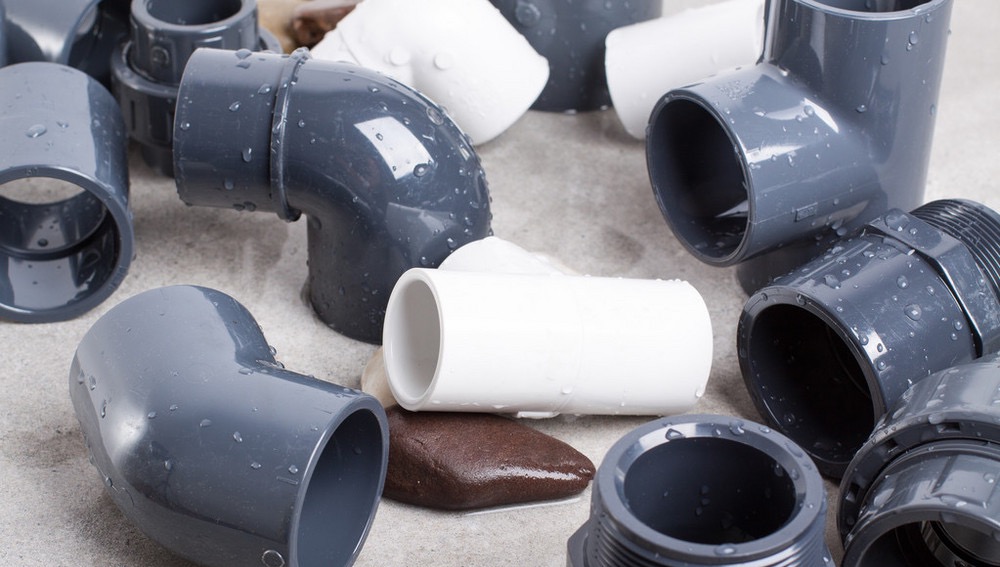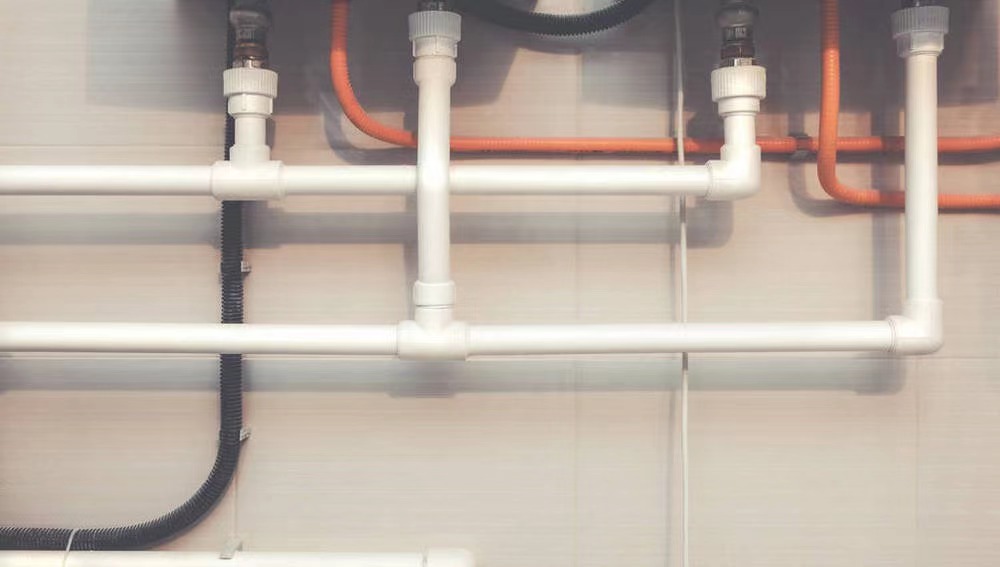Through the introduction of raw material requirements, design requirements, manufacturing requirements, performance requirements, test methods, system application requirements, and the relationship between pressure and temperature in the international plastic valve product and test method standards, you can understand the sealing required for plastic valves Basic quality control requirements such as test, torque test and fatigue strength test. In the form of a table, the requirements for seat sealing test, valve body sealing test, valve body strength test, valve long-term test, fatigue strength test and operating torque required for the performance requirements of plastic valve products are summarized. Through the discussion of several problems in international standards, manufacturers and users of plastic valves arouse concern.
As the proportion of plastic piping in hot and cold water supply and industrial piping engineering applications continues to increase, the quality control of plastic valves in plastic piping systems is becoming more and more important.

Due to the advantages of light weight, corrosion resistance, non-adsorption of scale, integrated connection with plastic pipes, and long service life of plastic valves, plastic valves are used in water supply (especially hot water and heating) and other industrial fluids. In the piping system, its application advantages are unmatched by other valves. At present, in the production and application of domestic plastic valves, there is no reliable method to control them, resulting in uneven quality of plastic valves for water supply and other industrial fluids, resulting in lax closure and serious leakage in engineering applications. Formed a statement that plastic valves cannot be used, affecting the overall development of plastic pipe applications. my country’s national standards for plastic valves are in the process of being formulated, and their product standards and method standards are formulated in accordance with international standards.
Internationally, the types of plastic valves mainly include ball valves, butterfly valves, check valves, diaphragm valves and globe valves. The main structural forms are two-way, three-way and multi-way valves. The raw materials are mainly ABS, PVC-U, PVC-C, PB, PE, PP and PVDF etc.

In the international standards of plastic valve products, the first requirement is the raw materials used in the production of valves. The manufacturer of the raw materials must have a creep failure curve that meets the standards of plastic piping products. At the same time, the sealing test, valve body test, and overall The long-term performance test, fatigue strength test and operating torque of the valve have all been stipulated, and the design service life of the plastic valve used for industrial transportation of fluids is given to be 25 years.
Main technical requirements of international standards
1 Raw material requirements
The material of the valve body, bonnet and bonnet should be selected in accordance with ISO 15493:2003 “Industrial plastic piping systems-ABS, PVC-U and PVC-C-Pipe and fitting system specifications-Part 1: Metric series” and ISO 15494: 2003 “Industrial Plastic Piping Systems—PB, PE, and PP—Pipe and Fitting System Specifications—Part 1: Metric Series.”
2 Design requirements
a) If the valve has only one pressure bearing direction, it should be marked with an arrow on the outside of the valve body. The valve with symmetrical design should be suitable for two-way fluid flow and isolation.
b) The sealing part is driven by the valve stem to open and close the valve. It should be positioned at the end or any position in the middle by friction or actuators, and the fluid pressure cannot change its position.
c) According to EN736-3, the minimum through hole of the valve cavity should meet the following two points:
— For any aperture through which the medium circulates on the valve, it should not be less than 90% of the DN value of the valve;
— For a valve whose structure needs to reduce the diameter of the medium through which it flows, the manufacturer shall state its actual minimum through hole.
d) The seal between the valve stem and the valve body should comply with EN736-3.
e) In terms of the wear resistance of the valve, the design of the valve should consider the service life of the worn parts, or the manufacturer should indicate in the operating instructions a recommendation to replace the entire valve.
f) The applicable flow rate of all valve operating devices should reach 3m/s.
g) Seen from the top of the valve, the handle or handwheel of the valve should close the valve in a clockwise direction.
3 Manufacturing requirements
a) The properties of the purchased raw materials should be consistent with the manufacturer’s instructions and meet the product standard requirements.
b) The valve body should be marked with the raw material code, diameter DN, and nominal pressure PN.
c) The valve body should be marked with the manufacturer’s name or trademark.
d) The valve body should be marked with the production date or code.
e) The valve body should be marked with the codes of the different production locations of the manufacturer.
4 Short-term performance requirements
The short-term performance is a factory inspection item in the product standard. It is mainly used for the sealing test of the valve seat and the sealing test of the valve body. It is used to check the sealing performance of the plastic valve. It is required that the plastic valve must not have internal leakage (valve seat leakage). , There should be no external leakage (valve body leakage).
The sealing test of the valve seat is to verify the performance of the valve isolation piping system; the sealing test of the valve body is to verify the leakage of the valve stem seal and the seal of each connection end of the valve.
The ways to connect the plastic valve to the pipeline system are
Butt welding connection: the outer diameter of the valve connection part is equal to the outer diameter of the pipe, and the end face of the valve connection part is opposite to the end face of the pipe for welding;
Socket bonding connection: the valve connection part is in the form of a socket, which is bonded to the pipe;
Electrofusion socket connection: the valve connection part is in the form of a socket with an electric heating wire laid on the inner diameter, and is electrofusion connection with the pipe;
Socket hot-melt connection: the valve connection part is in the form of a socket, and it is connected with the pipe by hot-melt socket;
Socket bonding connection: The valve connection part is in the form of a socket, which is bonded and socketed with the pipe;
Socket rubber sealing ring connection: The valve connection part is a socket type with an inner rubber sealing ring, which is socketed and connected with the pipe;
Flange connection: The valve connection part is in the form of a flange, which is connected with the flange on the pipe;
Thread connection: the valve connection part is in the form of thread, which is connected with the thread on the pipe or fitting;
Live connection: The valve connection part is in the form of live connection, which is connected with pipes or fittings.
A valve can have different connection modes at the same time.
The relationship between operating pressure and temperature
As the use temperature increases, the service life of plastic valves will be shortened. In order to maintain the same service life, it is necessary to reduce the use pressure.
Post time: Apr-07-2021




